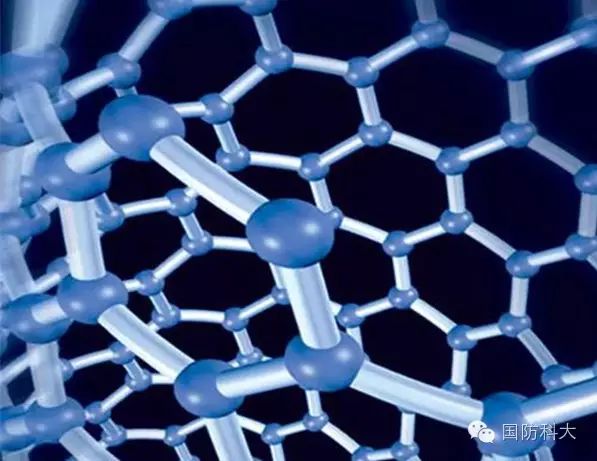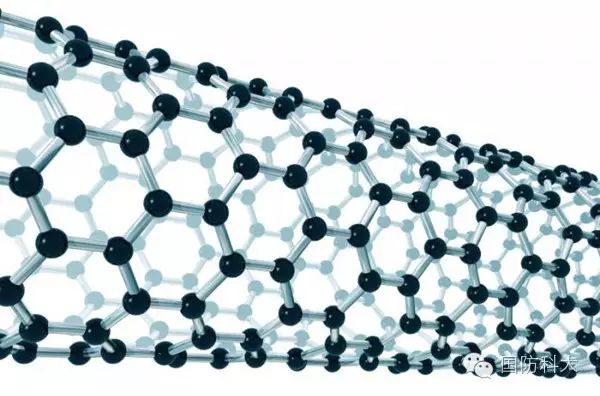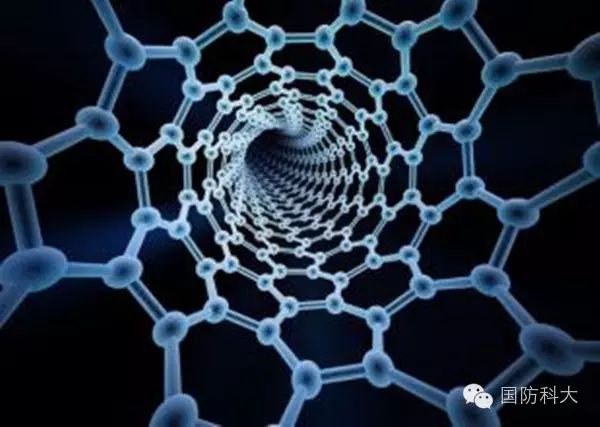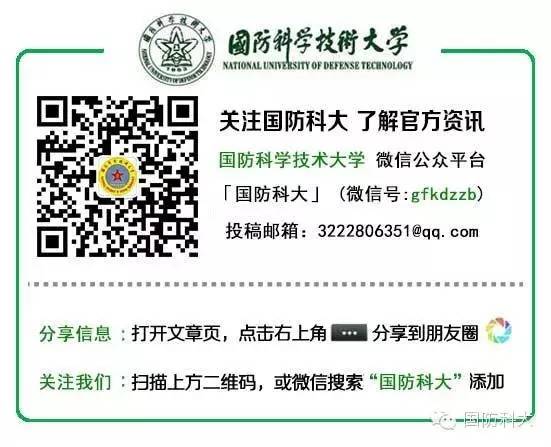
The birth of nanotechnology sensors has propelled human society into the era of intelligent sensors.
It integrates numerous excellent properties, providing important diversified means for detecting the microscopic world at the nanoscale, which will trigger a revolutionary impact in the military field.
It is the nanotechnology sensor.
So, what is a nanotechnology sensor? What are its characteristics compared to traditional sensors? What important roles do nanotechnology sensors play in the military field?
Today, we invite Researcher Zhu Qichao from the National University of Defense Technology to provide a professional interpretation.








